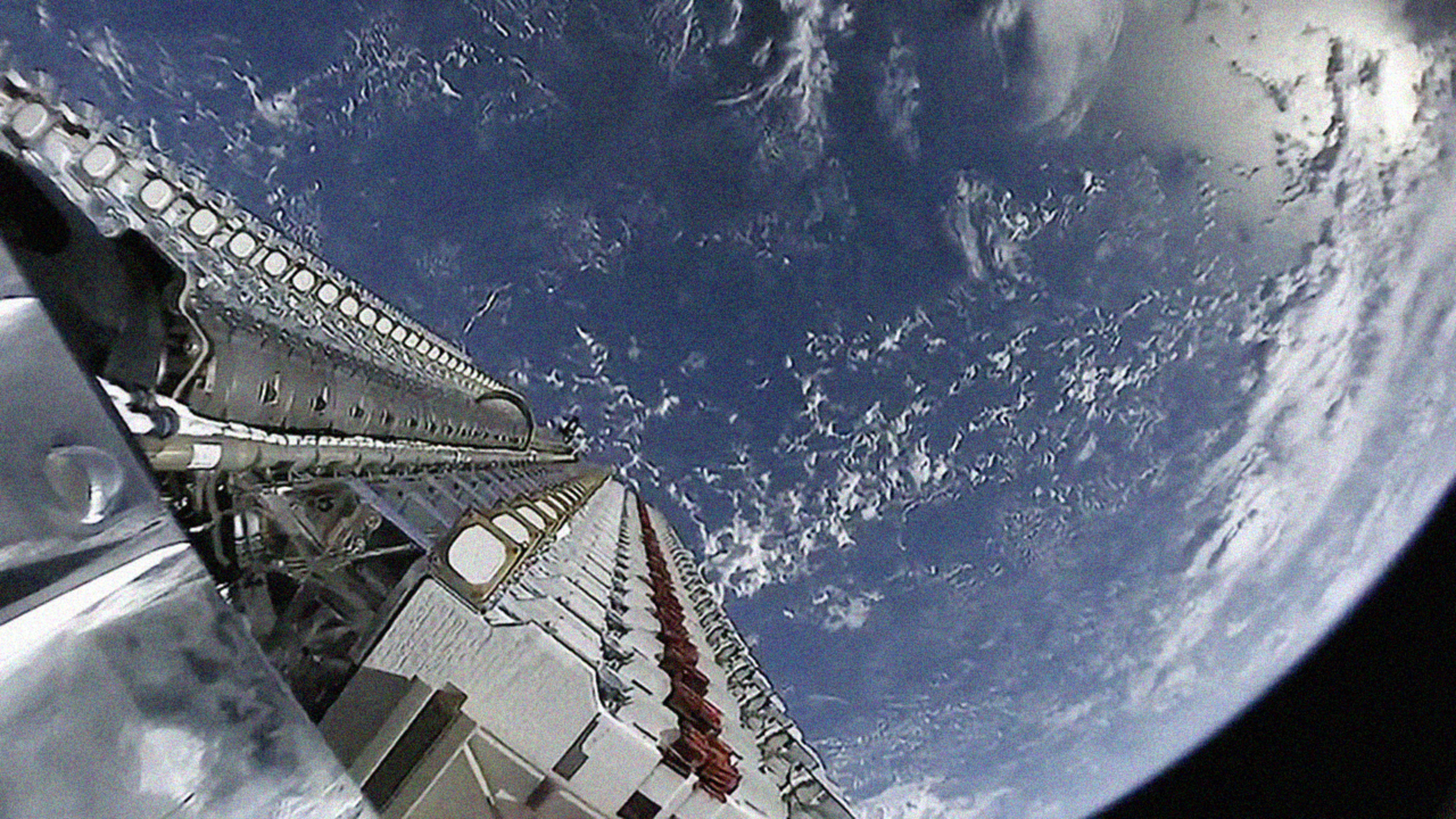Elon Musk’s SpaceX apparently doesn’t play well with others when it comes to space traffic. As Forbes reports, on Monday the European Space Agency (ESA) said it had to perform collision avoidance maneuvers with its Aeolus Earth observation satellite when it detected that it had a 1 in 1,000 chance of hitting “Starlink 44,” one of SpaceX’s Starlink satellites.
While those odds of a collision might seem slim, they were actually 10 times higher than the threshold that requires a collision avoidance maneuver. The thing is, when the ESA realized its satellite was on a potential collision course with Starlink 44, the agency contacted SpaceX and asked it to move its satellite out of the way. But SpaceX refused to, turning the incident into a game of chicken in space. As Forbes reports:
“Based on this we informed SpaceX, who replied and said that they do not plan to take action,” says [Holger] Krag [head of the Space Debris Office at ESA], who said SpaceX informed them via email – the first contact that had been made with SpaceX, despite repeated attempts by Krag and his team to get in touch since Starlink launched. “It was at least clear who had to react. So we decided to react because the collision was close to 1 in 1,000, which was ten times higher than our threshold.”
Considering the Aeolus Earth observation satellite was in orbit a full nine months before Starlink 44 was even launched, you’d think that it would have right of way. However, Krag says SpaceX technically didn’t violate any rules:
“There are no rules in space. Nobody did anything wrong. Space is there for everybody to use. There’s no rule that somebody was first here. Basically on every orbit you can encounter other objects. Space is not organized. And so we believe we need technology to manage this traffic.”
It’s not clear why SpaceX refused to move their satellite, but Krag said it could be due to SpaceX’s electric propulsion system, which “maybe is not reacting so fast” as the chemical propulsion system on the Aeolus. SpaceX’s Starlink satellites are designed to beam high-speed internet around the world. The ESA’s Aeolus Earth observation satellite is designed to monitor weather patterns on Earth. For now, both continue their orbits in relative safety.
Recognize your brand’s excellence by applying to this year’s Brands That Matter Awards before the early-rate deadline, May 3.
